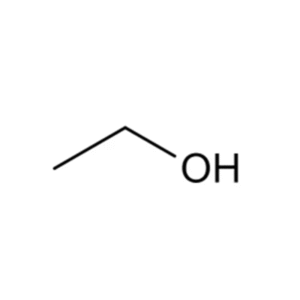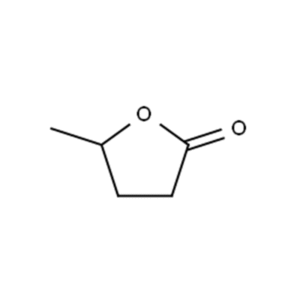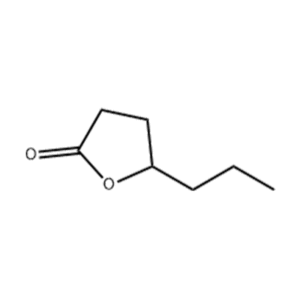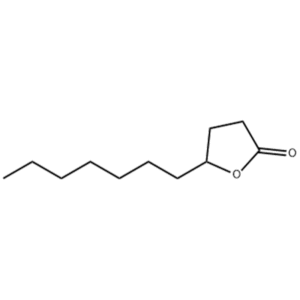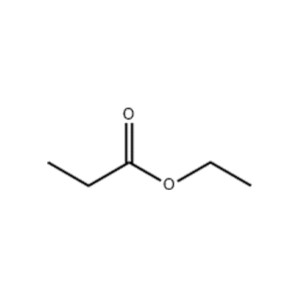Ethanol is a volatile, colorless and transparent liquid at normal temperature and pressure. It can be mixed with water in any proportion, and the solution has a wine-like aroma with a slight pungency. It is also miscible with most organic solvents.
【CAS】64-17-5 Molecular formula: C2H5OH Relative molecular mass: 46.07
Structural formula: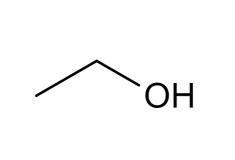
一.Product Property
Ethanol can be mixed with water in any proportion and can also be mixed with most organic solvents (such as chloroform, ether, methanol, acetone, etc.). Ethanol is flammable. Its vapor can form an explosive mixture with air. It can catch fire and explode upon contact with open flames or high heat. Ethanol is a good reducing agent and can react with oxidants to produce substances such as esters, acids, aldehydes, etc.
二.Quality Index:
| Parameter | Ethanol 96% (Ph. Eur./USP) | Ethanol 99.9% (ACS/Ph. Eur.) |
| Ethanol Content (v/v) | 95.1% – 96.9% | ≥ 99.9% |
| Methanol | ≤ 0.5% (v/v) | ≤ 0.02% (v/v) |
| Acidity (as Acetic Acid) | ≤ 0.003% (w/v) | ≤ 0.002% (w/v) |
| Aldehydes & Ketones | Passes test (Ph. Eur.) | ≤ 0.003% (as Acetaldehyde) |
| Residue on Evaporation | ≤ 0.001% (w/v) | ≤ 0.001% (w/v) |
| Water Content | 3.5% – 4.5% (v/v) | ≤ 0.1% (v/v) |
| Sulfate Ash | ≤ 0.001% (w/v) | ≤ 0.001% (w/v) |
| Heavy Metals (as Pb) | ≤ 1 ppm | ≤ 1 ppm |
| Benzene & Related Impurities | ≤ 2 ppm (Ph. Eur.) | ≤ 2 ppm |
| Conductivity | – | ≤ 0.5 μS/cm (for high-purity) |
三.Application scope and Usage
Ethanol is an important organic solvent and is widely used in various fields such as medicine, coatings, hygiene products, cosmetics, and oils, accounting for approximately 50% of the total ethanol consumption.
As a basic organic chemical raw material, ethanol can be used to produce acetic acid, beverages, fragrances, dyes, fuels, etc. In the field of healthcare, ethanol has disinfectant and bactericidal properties. In medical practice, a volume fraction of 70% to 75% ethanol is commonly used as a disinfectant. Ethanol can denature the proteins of pathogenic microorganisms, thereby achieving the effect of eliminating pathogenic microorganisms.
四.Package and Storage
It is usually packed in 20kg ,170kg,820kg plastic drum and Tank tank.
Store in a cool and ventilated warehouse. Keep away from fire sources and heat sources. The warehouse temperature should not exceed 30℃. Keep the container sealed. Store separately from oxidants, acids, alkali metals, amines, etc., and avoid mixed storage. Use explosion-proof lighting and ventilation facilities. Do not use mechanical equipment and tools that may generate sparks. The storage area should be equipped with emergency handling equipment for leaks and appropriate containment materials.
五. Safety Protection:
Skin contact: Immediately remove all contaminated clothing. Rinse the skin with water / take a shower.
Eye contact: Lift the eyelids and rinse with flowing water or normal saline. If there is any discomfort, seek medical attention. – Inhalation: Quickly leave the scene to an area with fresh air. Seek medical attention.
Ingestion: Drink plenty of warm water and induce vomiting. Seek medical attention.
Advice for protecting rescuers: When entering the accident site, wear an air-supplied breathing apparatus.


